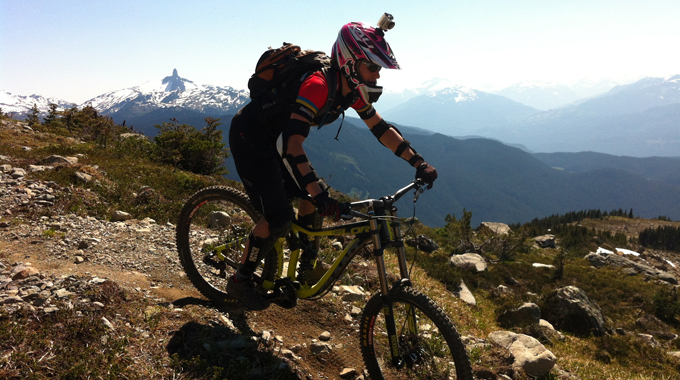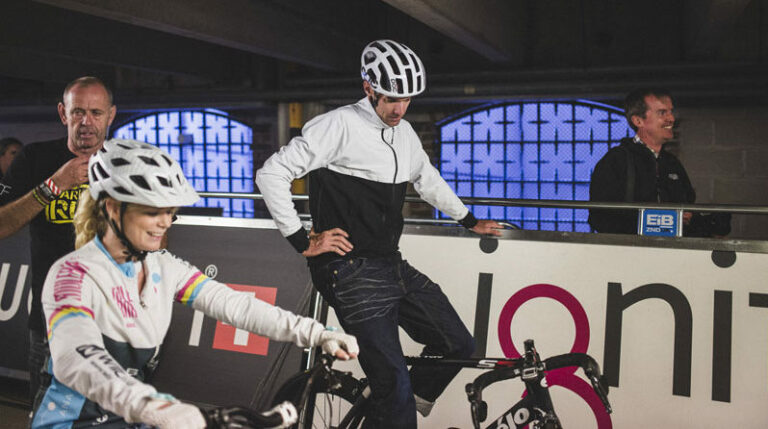If you have been working on your climbing and fancy putting your fitness to the test in a competitive atmosphere then why not try your hand at a hill climbing race? Alice Cobb, 2013 National Junior Hill Climb Champion and Shutt Squadra Donne team rider gives us a run down on everything you need to know.
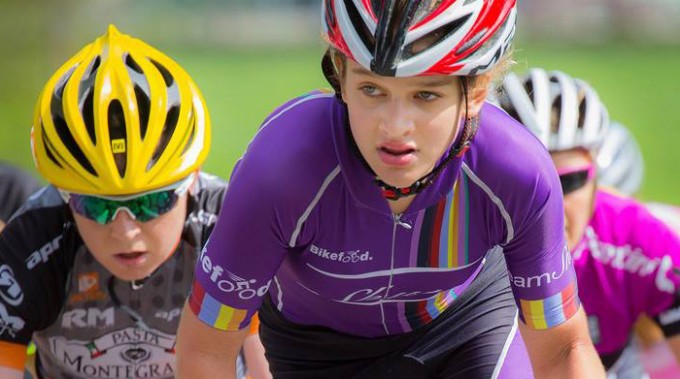
It’s that time of year again; the roads are turning distinctly upwards, gradients are reaching foreboding levels and race faces take a turn for the agony-induced gurn look. It only means one thing – the hill climb season is upon us.
Starting in September and concluding with the National Championships in the last weekend of October, the hill climb season sees the whippets of the cycling world go head to head in eight weeks of ‘fun’ racing.
If you need a little extra help, why not check out our top tips for hill climbing.
So how does it work?
It is essentially an uphill time trial. Starting at minute intervals riders race against the clock and battle the gradients to set the fastest possible time they can.
The fastest man/woman up the climb takes victory!
The distance
Hill climb distances can vary but most are around 1-2km long with a few exceptions such as Holme Moss and Snake Pass.
However it’s not so much distance that riders will fear but rather the gradients of the climb.
Gradients
The gradient of a climb is basically how steep it is.
Most legs will start to burn at around 8%, lungs will start to burst at around 15% and well anything over 25% is just blurred by an all-encompassing feeling of pain.
It is the combination of the average and the maximum gradient which determines how difficult a climb is. And of course it dictates the level of kudos a rider can earn from simply reaching the top!
The bike
Most hill climbers will use a modified road bike to race on. The extent to which the bike is adapted for climbing purposes will depend on the individual and how pedantic they want to be.
The most important change to make is gearing. You need to ensure you have enough lower gears in order to avoid grinding to a standstill on some tricky gradients. For most riders a 28 or 30 cassette is usually enough with a 39 inner on the front. Using lighter wheels are also a common and easily achieved touch to reduce weight.
On the extreme end of the scale some riders like to go the extra mile to transform a road machine into the ‘perfect hill climbing bike’. They will quite literally strip the bike down to the barest minimum in a bid to reduce any excess weight. For instance bar tape, drop handle bars, saddle covers, outside chain rings will all be taken off in the name of marginal gains.
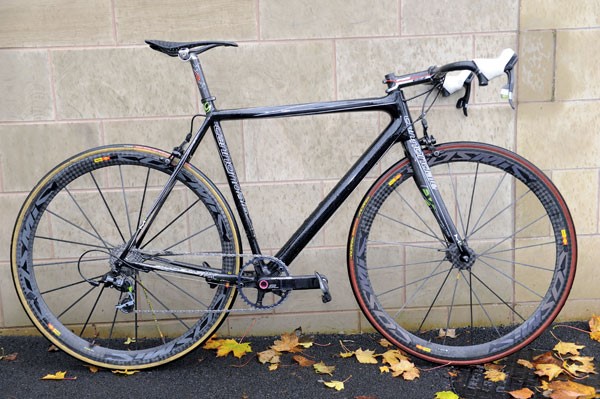
Jack Pullar infamously took his bike apart for the 2012 Nationals. Not much was left intact by the time the 24 year old had finish and despite an unconventional appearance he managed to succeed in reducing the weight of his bike to just 12.2 pounds. Incidentally he went on to win the title.
The Championship?
The race most climbers will build towards over the course of the eight week season is the National Championships.
This year’s event will take place on the 26 October on the Pea Royd Lane climb near Stocksbridge.
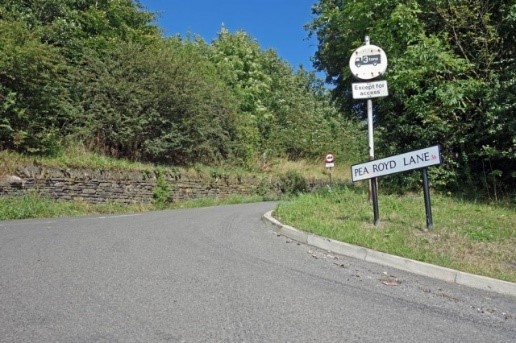
The 1.1km climb will see competitors tackle an average gradient of 11% and maximum gradient of 20% in a bid to record the fastest time and take home the coveted title of National Hill Climb Champion.
The riders to watch this season?
The women’s hill climbing scene has gone from strength to strength and has become more and more competitive.
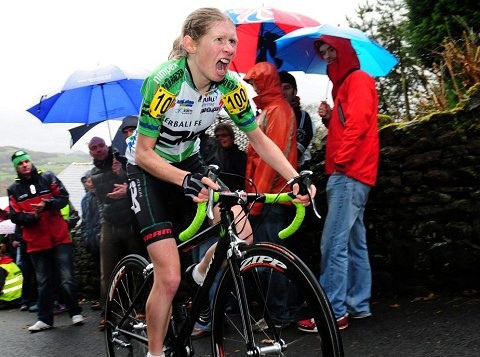
Climbing specialist and multiple National Hill Climb Champion, Lynn Hamel, is always a rider to note. The 29 year old can power her way up most climbs and in most events leave others trailing in her wake.
However, 2013 National Hill Climb Champion, Maryka Sennema, will ensure a tough fight for the top spot. After a decent road and time trial season in 2014 Maryka will look to defend her title this year and push Lynn all the way.
Other hill climbers to watch include Jo Blakeley (who recently took the course record at Snake’s Pass), Nicola Soden and Eve Dixon among others.
Sound like fun? You too can give it a go:
Hill climbers are a very friendly bunch and there is a great atmosphere at events. The ability range of riders is often wide from beginners racing for fun to national champions who take it slightly more seriously!
If you want to get involved I couldn’t recommend it highly enough. Local clubs will run an event and that is often a great place to start. A quick gander down a club website and you should be able to find all the details you need.
CTT also run a brilliant calendar of races which are well organised and good fun. These races can be found here. Entry is often online.
Also worth a read:
How to use your gears efficiently

